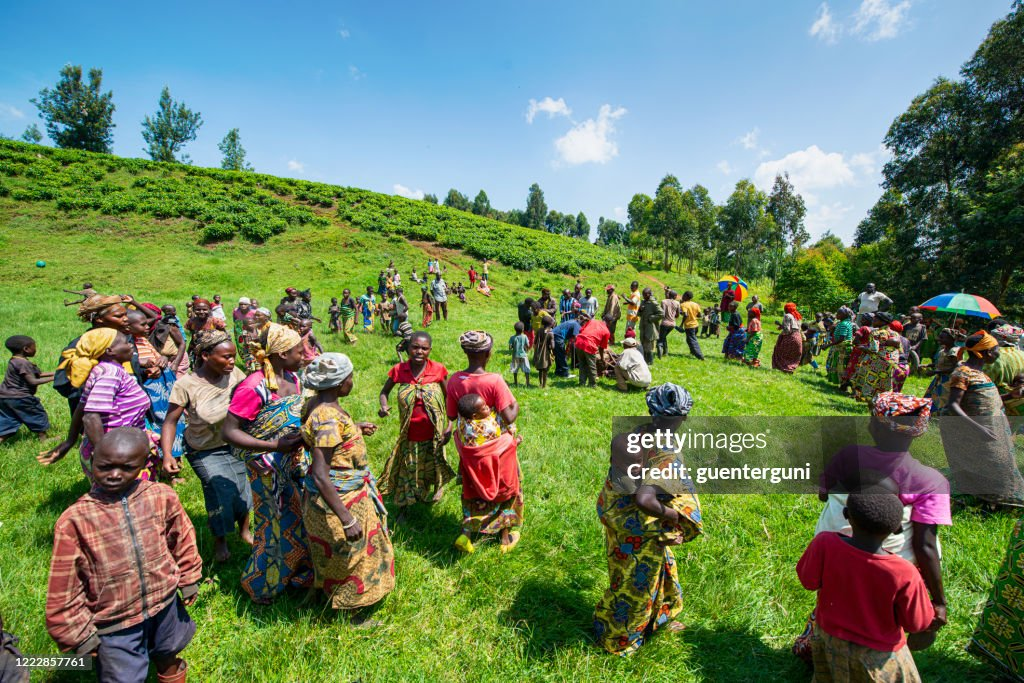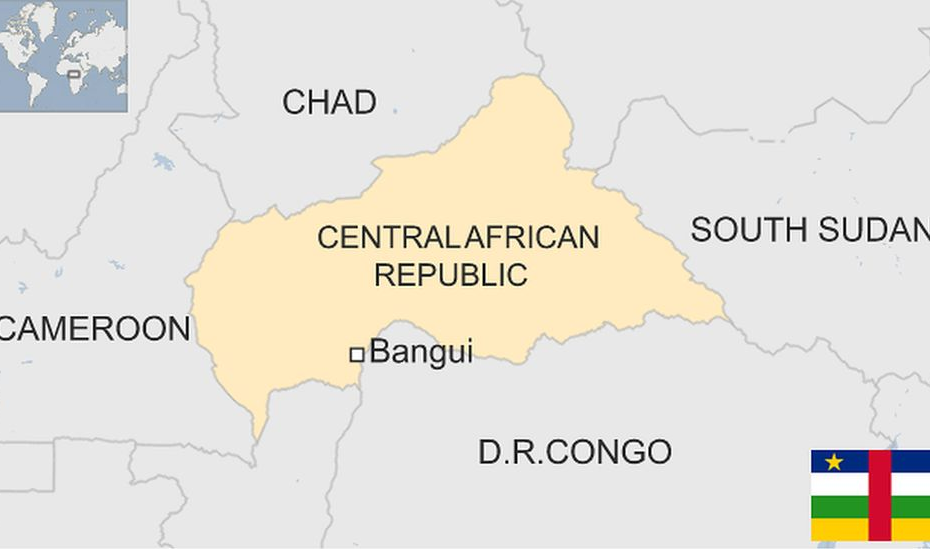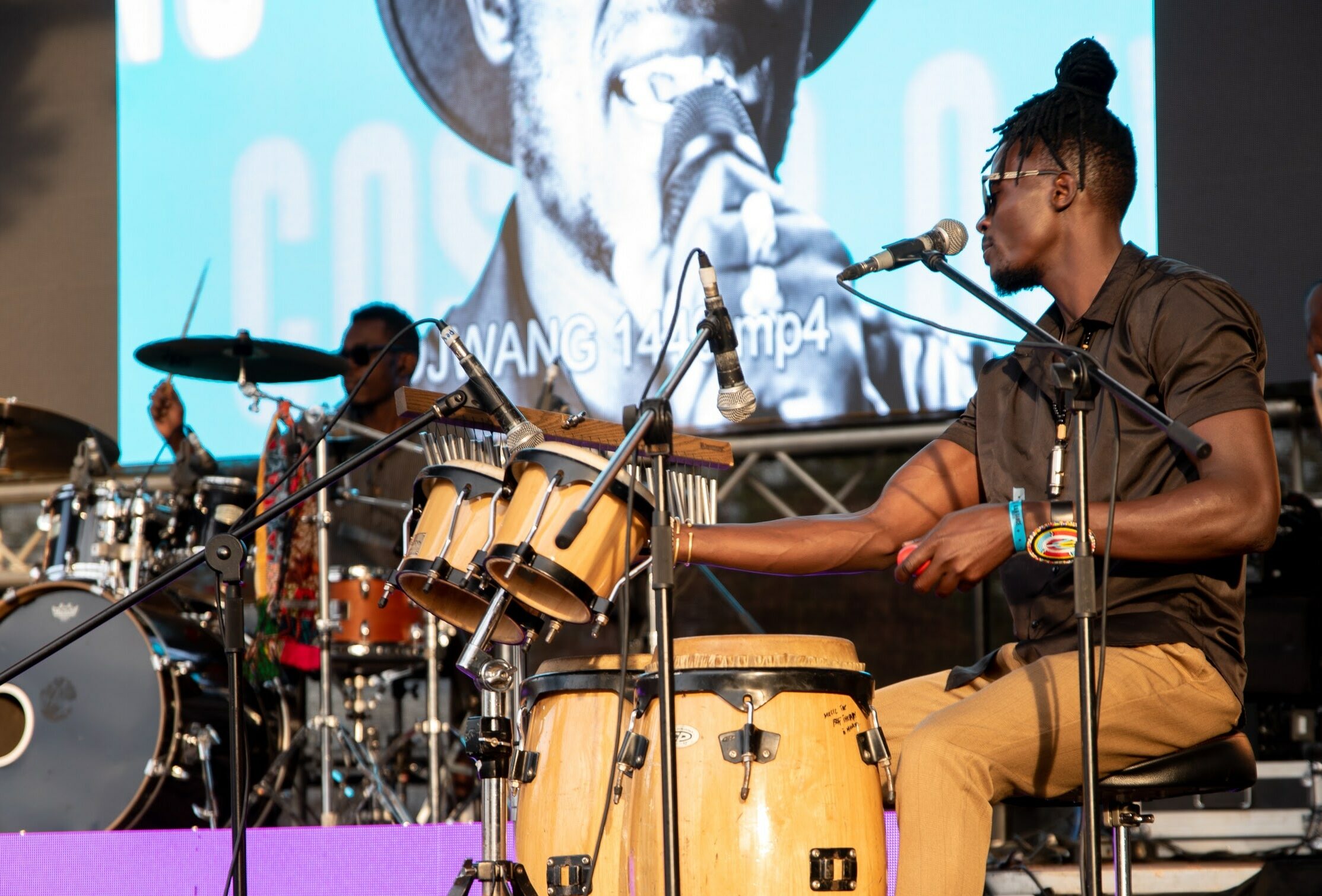Situated in the heart of Africa, the Central African Republic (CAR) is characterized by captivating landscapes, diverse cultures, and a profound historical tapestry. Forgotten due to years of political instability, the country is slowly emerging as an unexplored gem for adventurous travelers seeking an off-the-beaten-path destination. Despite its challenges, the CAR is home to some of the most welcoming and resilient people in Africa, who are eager to share their rich culture and traditions with visitors. Let us find out more about this fascinating country.
Geography and Climate
CAR is bordered by six countries, including Chad to the north, Sudan to the northeast, South Sudan to the east, the Democratic Republic of the Congo to the south, the Republic of the Congo to the southwest, and Cameroon to the west. The country boasts a varied topography, with rolling hills, vast savannahs, and dense rainforests. The Ubangi and Chari rivers flow through the country, providing valuable water resources. The country’s terrain is mostly flat or rolling plateau savannah, providing a perfect backdrop for an array of flora and fauna.
The climate of CAR is predominantly tropical. The rainy season extends from April to October, while the dry period, characterized by Harmattan winds, spans from November to March. The average temperature hovers around 26°C but can reach up to 40°C in the hottest months, providing a warm, tropical experience year-round. Read Also: Exploring Africa’s top 9 largest cities in 2023

History
CAR has a complex history shaped by indigenous cultures, colonization, and post-independence struggles. Archaeological evidence suggests that humans have inhabited the region for thousands of years. Around the 16th century, various ethnic groups in the area began to form states and kingdoms, including the Bandia-Nzakara, the Kanem-Bornu, and the Baguirmi empires.
European exploration in the 19th century led to French colonization in 1894, and the area was incorporated into French Equatorial Africa. During the French colonial period, the Central African Republic was exploited for its resources, with little regard for the welfare of its people. The indigenous population was subjected to harsh labor policies and social segregation.
The struggle for independence began in the 1950s, culminating in the Central African Republic gaining its independence on August 13, 1960. Post-independence, the country has experienced political instability and conflict, but it has also shown resilience and a commitment to building a peaceful and prosperous future.
Culture and Traditions
CAR is a melting pot of diverse ethnic groups, each with its unique traditions. It boasts a rich tapestry of cultures and traditions, with over 80 ethnic groups, each having their unique customs and languages. The Sango and the Banda are the most populous, and their cultural influences are widely seen across the country. Read Also: Cameroon: A Fascinating Blend of Nature, Culture, and History

Traditional music and dance play a significant role in social gatherings and ceremonies, with the use of instruments such as the balafon (a kind of xylophone), ngombi (harp), and various drums. Storytelling is a cherished tradition, with oral narratives passed down through generations to preserve history and instill moral values. Festivals such as the Boganda Day Celebration and the BaAka Pygmy Festival showcase the country’s cultural heritage.
Art in the Central African Republic is largely centered around wood carvings, pottery, and woven goods, reflecting the people’s close relationship with nature. These artistic traditions not only exhibit aesthetic appreciation but also serve functional roles in daily life, religion, and societal rituals.
Despite hardships and external influences, the people of the Central African Republic have managed to preserve their cultural heritage, passing their customs, traditions, and knowledge from generation to generation.
Food and Cuisine
The cuisine of the Central African Republic is rooted in the country’s rich cultural heritage and available natural resources. Staple foods include cassava, plantains, rice, and maize, often served with a variety of sauces made from peanuts, spinach, okra, or eggplant. One popular dish is “Go” or “Kanda ti nyma,” a type of meatball made from ground beef or wild game.
Meat, particularly bushmeat from wild game such as antelope and warthog, plays a significant role in the diet, although fish is also commonly consumed, particularly in areas near rivers. Grilled meat, such as goat or chicken, is popular, often accompanied by aromatic spices and vegetables. Fruits like mangoes, pineapples, bananas, and avocados are abundant and form part of the daily diet.
The country’s signature dish is ‘Poulet Moambé‘ or Palm Butter Chicken, a succulent chicken dish cooked with palm butter, onions, garlic, and spicy peppers. Meals are often accompanied by locally brewed beverages, such as palm wine and banana wine.
In addition to traditional dishes, the Central African Republic has been influenced by French cuisine due to its colonial history. Baguettes, croissants, and French-style cheeses can be found in larger cities like Bangui. However, these items are not widely available or commonly consumed by the general population.

Tourist Attractions
The Central African Republic is a treasure trove of natural wonders and cultural heritage sites. The Manovo-Gounda St Floris National Park, a UNESCO World Heritage Site, is one of the most notable attractions, renowned for its diverse wildlife, including elephants, buffalo, and various species of antelope. The Dzanga-Sangha Reserve, located in the southwestern part of the country, offers visitors a unique opportunity to observe lowland gorillas and forest elephants in their natural habitat.
For history and culture enthusiasts, the National Museum in Bangui offers a fascinating insight into the country’s rich history and diverse cultures. Visitors can explore prehistoric artifacts, traditional arts and crafts, and colonial-era exhibits. The vibrant markets of Bangui, such as the bustling KM5, offer an authentic taste of local life, where visitors can shop for traditional crafts, textiles, and local produce.
CAR’s natural beauty is not just confined to its wildlife. The Boali Waterfalls, located on the Mbali River, are a sight to behold – a spectacular display of nature’s raw power and beauty. Visitors can also explore the network of caves near the village of Bomongo, known for their ancient rock art.
Despite its beauty and cultural richness, CAR’s tourism industry is still in its infancy, largely due to political instability and lack of infrastructure. However, for adventurous travelers seeking off-the-beaten-track experiences, the Central African Republic offers an unrivaled opportunity to explore one of the world’s most untouched regions.
Economy
The economy of the Central African Republic is predominantly agricultural, with over 80% of the population engaged in subsistence farming and livestock rearing. Key agricultural products include cassava, peanuts, maize, sorghum, millet, sesame, and plantain, which are primarily grown for domestic consumption. The country also boasts substantial mineral resources, including gold, diamonds, uranium, and crude oil, though exploitation has been hindered by inadequate infrastructure and political instability.
The timber industry, while also significant, has drawn international concern due to deforestation issues. In recent years, there has been a push towards developing the country’s tourism industry as a potential source of revenue and employment. However, persistent insecurity and a lack of infrastructure remain substantial challenges.
Foreign aid plays a crucial role in CAR’s economy, with numerous international donors providing support in areas such as health, education, agriculture, and infrastructure development. Despite these resources, the Central African Republic remains one of the world’s poorest countries, grappling with high levels of poverty and underdevelopment. The economic outlook is further clouded by political instability and internal conflict, underscoring the need for long-term peace and stability as foundational prerequisites for sustainable economic growth.
Bottom Line
Despite the political instability around the Sahel, the Central African Republic has remained resilient in its efforts to develop its economy and improve the living conditions of its citizens. While challenges persist, particularly in terms of infrastructure development and insecurity, there is hope for growth and prosperity through the country’s vast natural resources and potential for tourism.
Continued international support and a focus on establishing long-term peace and stability will be crucial in paving the way for sustainable economic growth in the Central African Republic. Through these efforts, the country can create a brighter future for its people and become a stronger contributor to the broader region’s development. Let us all support CAR and its people in their journey towards progress and prosperity. Together, we can make a positive impact on this beautiful nation and help it achieve its full



